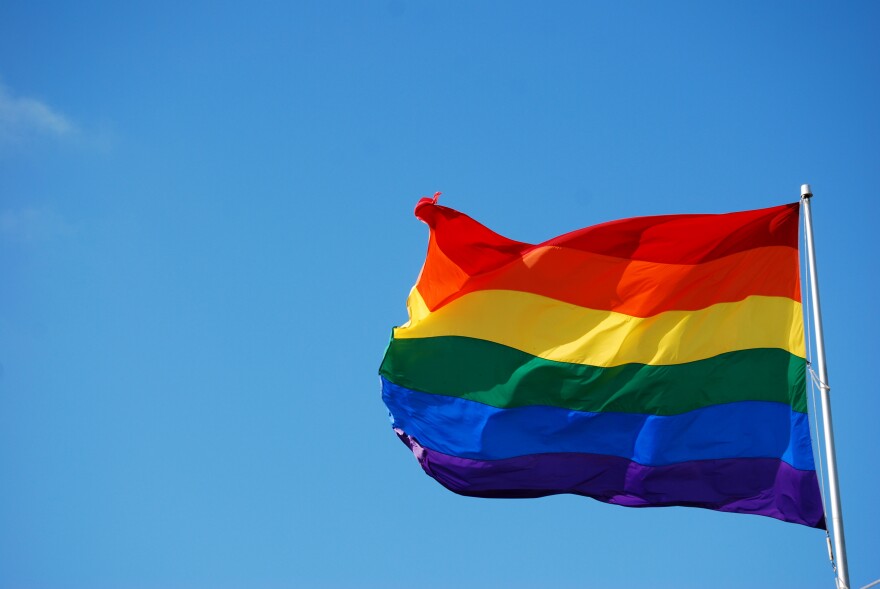A national survey finds LGBTQ Midwesterners and their families are more likely to receive public assistance than non-LGBTQ people.
Caitlin Rooney, a researcher for the left-leaning think tank Center for American Progress, spoke Tuesday to Cleveland health and nonprofit leaders about poverty in the LGBTQ community.
Television and movies have shaped the popular image of the upper middle class, white, male gay couple, Rooney says. The true picture is much different.
“LGBTQ people are more likely to be people of color,” Rooney says. “They are more likely to be young, but there are LGBTQ people of every race, every gender. They’re everywhere across the country.”
LGBTQ Ohioans face greater economic hardships than others in the state, and they are more likely to be unemployed, lack health insurance, and face food insecurity, according to data from the Willliams Institute, a UCLA think tank.
Because of these disparities, Rooney said there is concern about proposed work requirements for Medicaid and SNAP, also known as food stamps, which may push some people off those programs.
“LGBTQ people in the Midwest are 3.8 times more likely to receive SNAP than non-LGBTQ people,” she says. “So if we are seeing these sort of attacks on SNAP that are going to impact people across the country, we know it’s very likely LGBTQ people are going to be disproportionally hurt.”
The Trump administration recently approved a plan for Ohio to enact work requirements for people on Medicaid expansion. She said government data predicts some 18,000 people in Ohio will likely be impacted by the change, including a large number of LGBTQ people.
Ohio is currently evaluating its work requirements after a federal judge blocked the rule in two other states.




